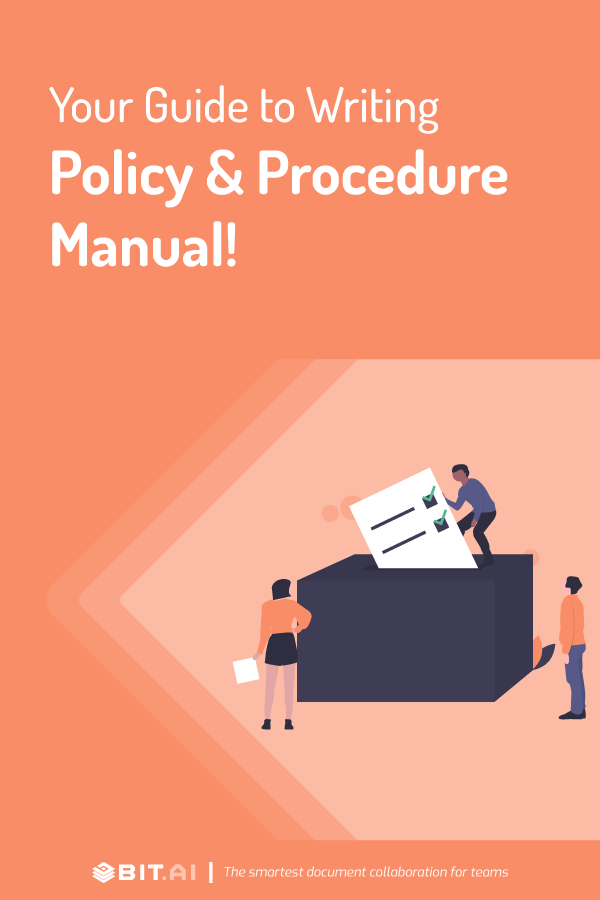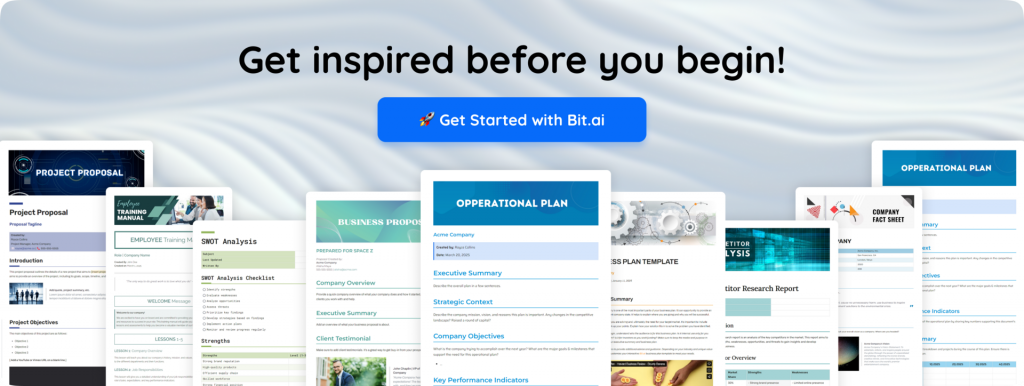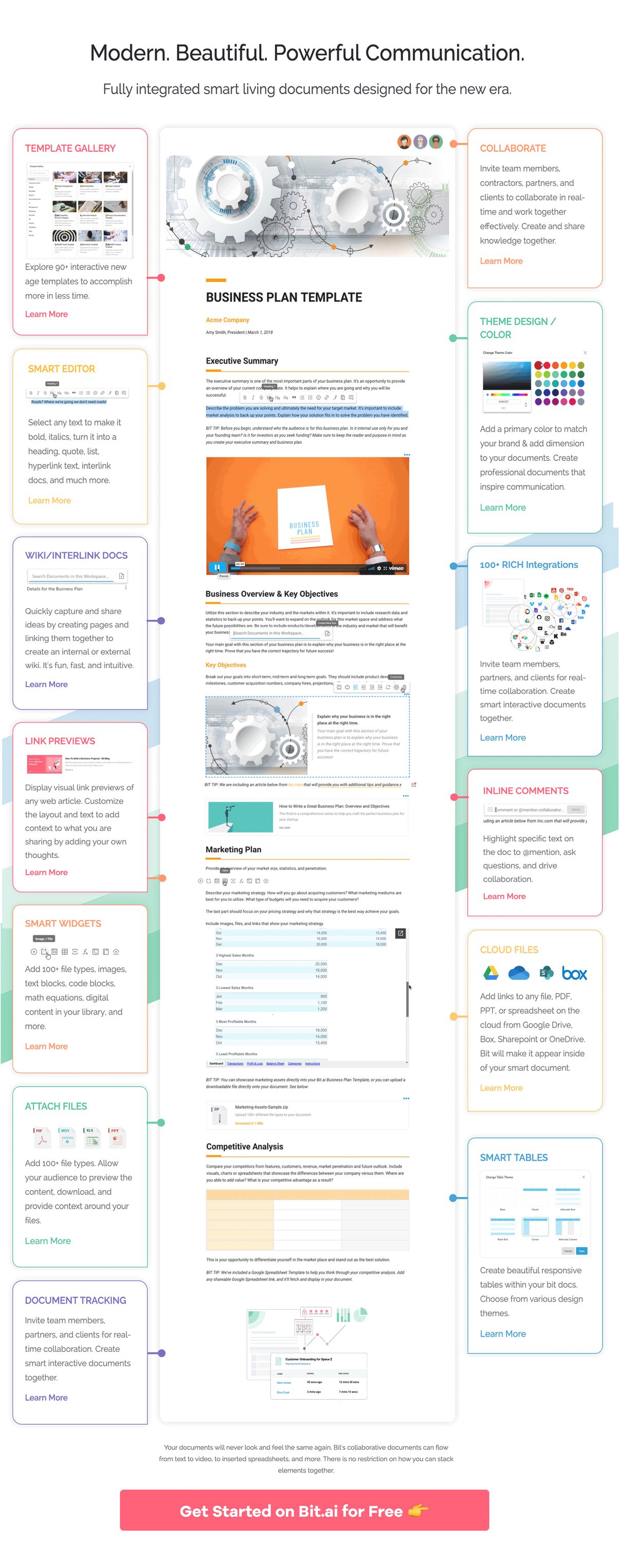The ultimate dream of every business owner is to have efficient employees, effective communication, and growth! Yet, maintaining all 3 together is not that easy!
The more your company grows, the harder it gets to effectively communicate, and eventually more difficult it becomes to ensure that your employees carry out their tasks efficiently aligned with the objectives of your company!
To maintain a successful cycle, your company needs rules and guidelines to manage employees for a smooth workflow. They also, in turn, need constant assurance that the company has their best interests at heart!
However, accomplishing all this can be overwhelming without some kind of help. This is where the need to create a policies & procedures manual comes in.
Every company needs a policies & procedures manual to guide its operations, strategy, and workflow. Where policies set the expectation for employee behaviors, the procedures outline the steps for it. This ensures consistency in practice and helps in maintaining quality output.
A policy and procedure manual is the perfect way to keep your virtual employees on the same page as these manuals work like references in case someone is confused about taking a step or decision-making and enables everyone to behave in a legal, conscious, and ethical manner.
Ready to write your own?
Well, hold your horses because we’re going to take you on a step-by-step journey and cover everything you need to know about writing a policies & procedures manual!
So let’s get started, shall we?
What is a Policy and Procedure Manual? (Definition)
Policies and procedures are designed to regulate all major decisions, actions, and principles of an organization. These documents provide authority and necessary guidance to a company or a department on topics like- hiring practices, bank accounts, dress code, etc.
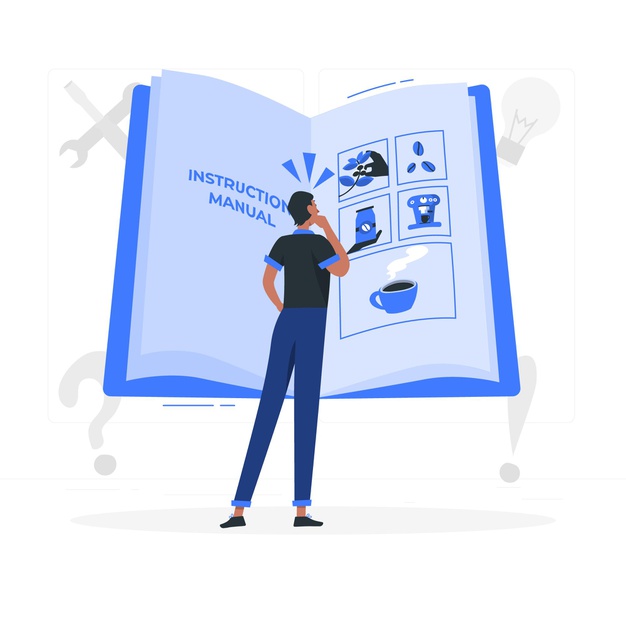 To be more descriptive, procedures are specific methods used to communicate policies in action for the daily operations of an organization. Together, policies & procedures make sure that a decision held by the management of the organization is translated into steps that result in effective working and communication.
To be more descriptive, procedures are specific methods used to communicate policies in action for the daily operations of an organization. Together, policies & procedures make sure that a decision held by the management of the organization is translated into steps that result in effective working and communication.
These written policies and procedures are generally integrated into a manual made available to the employees. Your policies and procedures manual houses your organization’s best practices, standards for how work is to be performed, and core business process descriptions.
An effective policies and procedures manual is an important management tool that allows you to focus on growth, simplifies training, and eases the ability to scale in your business!
Read more: Standard Operating Procedures (SOP): What, Types, and How to Write?
What a Policy and Procedure Manual Include?
Here are some items that should be included in the policies and procedures manual:
- Employment procedures
- Work from home policies
- Organization culture
- Employee benefits
- Communication policies
- Payment procedures
- Workplace guidelines
- Employee code of conduct
- Technology usage procedures
Importance of Having a Policy and Procedure Manual!
Every company faces difficulties within the workflow of its business cycle and requires documentation of its structured methodology, a framework of company philosophy, its mission, and vision that ensures visibility – agreed? That is the purpose of a policy and procedure manual.
Furthermore, policy & procedure manuals help with:
1. Setting expectations
A policy and procedure manual helps a business owner in gathering the company’s mission, value, and prospects all in one place.
It also set standards of conduct, behavior, and performance of employees. Hence, the policies & procedure manual clearly defines expectations for employees by providing a source of reference for them to check when performing their duties.
2. Enhancing Employee Productivity
A well-developed policies and procedures manual serves as an authoritative source for answers to common questions related to your business or company. Properly documented manuals speed up the process of decision-making for employees and help them follow regulations concerning business guidelines. Eventually, resulting in higher productivity.
3. Improving Communication
A well-detailed policies & procedures manual is a valuable communication tool for efficiently processing all business operations within the organization and for reducing transmission gaps. Many organizations today are simplifying how their policies and procedures are communicated by putting them online using knowledge management software such as Bit.ai.
4. Reducing Employee Training Time
Another purpose of a polices and procedures manual is to provide a training guide for new employees and re-train current ones. These documents reduce the time and effort put into training these employees, making the onboarding process easier.
 For instance, a company job description could be part of a recruitment policy, where procedures provide the information on “how” to achieve those expectations defined in the employee’s job description post-hiring.
For instance, a company job description could be part of a recruitment policy, where procedures provide the information on “how” to achieve those expectations defined in the employee’s job description post-hiring.
5. Ensuring Compliance with the Law
Policies & procedures manuals that are consistently updated and reviewed help a company in meeting its obligations with the law. For instance, a clear work safety and health policy will assist an employer to meet those obligations imposed on the business by law and provide a safe workplace.
How to Create a Policies and Procedure Manual? Follow these Steps!
You’re doing great so far on your way to learning how to write a policy & procedures manual. But your work isn’t done yet; you need to know the main elements that make up your manual. These elements are the structural body of your policy & procedures manual, and if they’re not properly put in place, your manual is incomplete.
Step 1: Add Title
This is the heading of the document. Make it short and ensure that users at any reading level can understand.
Step 2: Write the description
An introduction that orients users to the scope of the policy.
Step 3: Explain the purpose of the policy
The purpose explains why the policy exists. This includes concerns such as legal, regulatory needs, and conflicts the policy aims to avoid.
Step 4: Add statements regarding conditions
This is the most important and lengthiest part. The statements specify the main audience for the policy conditions, restrictions for applying the policy, expectations, and exclusions.
Step 5: Mention scope of policy and procedure manual
This concerns which roles or departments the policy pertains to and identifies anyone who is exempt from the policy.
Step 6: Specify responsibilities
Shows what role, department, or group must maintain the policy. Alternatively, for some policies governed by regulations, these sections list roles responsible for implementing the policy.
Step 7: Include procedure details
This is an explanation of how to complete the necessary tasks and policies by providing the reader with procedural steps and “how-to” information.
Step 8: Mention any references
Presents related policies, regulatory documents, procedures, forms, and guidelines for reference. Reference any other policies or documents that support the interpretation of this policy.
Step 9: Include help page
A table that points users to training programs, paperwork, other company documentation, telephone numbers, and sources to help carry out procedures.
Read more: How to Create an Incredible Training Manual (Template Included)?
Tips to Keep in Mind Before Writing Your Policies and Procedure Manual!
To create a policy & procedure manual that truly delivers an outline for the organizational culture, it’s crucial to consider these tips before you start documentation.
1. Create a list of priorities
It’s impossible to write every single policy and procedure in a day. So, make sure that you create a list of priority tasks, policies, and procedures.
 Begin with the most important ones! Keep in mind that some policies will also rely on federal law such as anti-racism policy, etc. It should be easier for you to find pre-written policies based on current federal and state laws. Therefore, start with those.
Begin with the most important ones! Keep in mind that some policies will also rely on federal law such as anti-racism policy, etc. It should be easier for you to find pre-written policies based on current federal and state laws. Therefore, start with those.
2. Determine which task or policy needs detailed procedures
Not every task or policy in a company will need detailed instructions for carrying out. So, while scheduling which procedures to outline in detail, consider the following questions:
- Is the procedure complex or lengthy?
- Would the consequences of doing it be positive or negative?
- Have there been recent changes implemented to it?
- Does the procedure require any extensive paperwork?
- Are your employees often confused by it?
3. Organize information into a logical order
Begin with the bigger issues, narrowing them down into the smaller ones. For instance, instead of starting with the dress code policy, start the manual with the category of hiring processes or eligibility.
Consider opening your policies & procedures manual with an introduction to your company goals. Start by writing a clear, and cohesive paragraph that quickly overviews the manual about what your staff expects from the organization, and what the organization expects from them.
Use the blueprint style to create subcategories inside the manual and use a table of contents to allow for quick reference checks.
4. Policies and procedures aren’t static
Always keep in mind that you can change the policies and procedures if something goes wrong or add new ones whenever you want.
You can make amendments to the manual if you add or remove a service or position. Your policies and procedures manual is a significant document and should be constantly revised for relevancy.
Use a good knowledge management tool like Bit.ai for easy documentation:
Investing in a robust solution like Bit.ai for writing policies & procedures manual is a great way to save time, minimize efforts, and empower employees to collaborate!
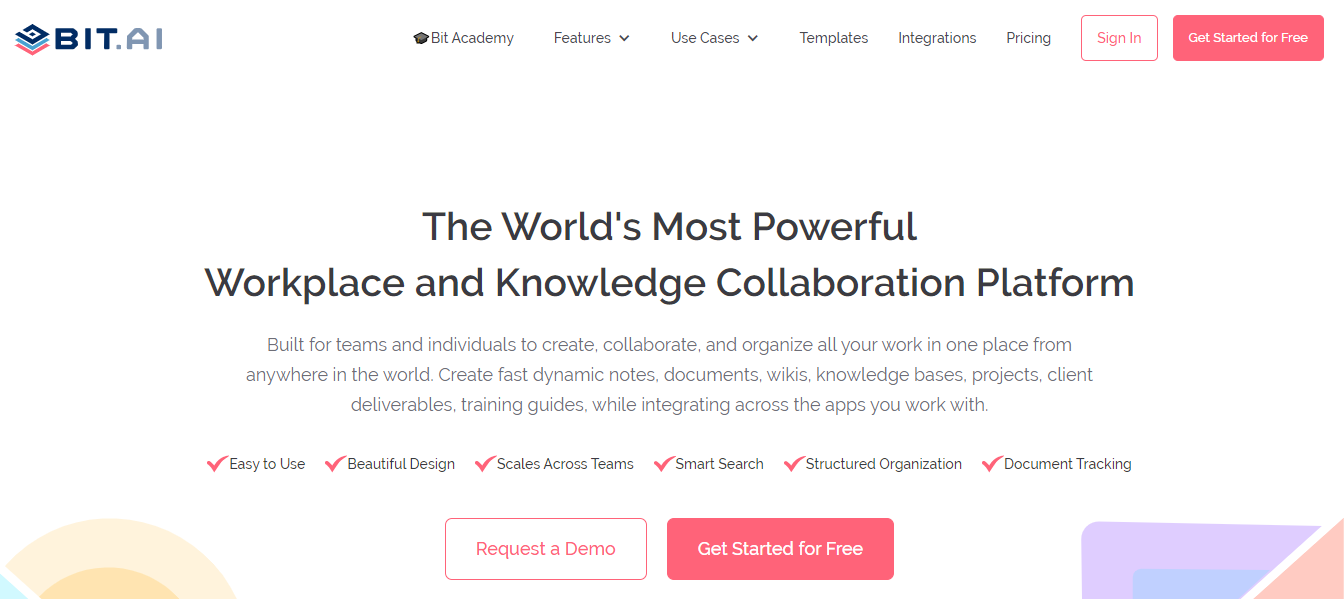 Bit is a new-age documentation and knowledge management tool that provides a common workplace for managers and business owners to collaborate, document, track and share their knowledge, list policies, organize information, set procedures, and implement them together.
Bit is a new-age documentation and knowledge management tool that provides a common workplace for managers and business owners to collaborate, document, track and share their knowledge, list policies, organize information, set procedures, and implement them together.
Unlike your standard Notepad, MS Word, and Google Docs, Bit documents are interactive. This means whether you are creating policies & procedures manual, training manuals, technical specs sheet, best practices, customer service manual, etc. you can easily add training videos, presentations, spreadsheets, etc. directly into a Bit document within seconds.
Once you are done documenting, you can simply export them as PDFs, Markdowns, Word files, and much more. Bit’s sleek, minimal, and distraction-free editor makes it the perfect tool for organizational documentation.
Some features in a knowledge base solution like Bit.ai for technical documentation are:
- Content management capabilities
- Real-time team collaboration
- 100+ Rich media integrations
- Document tracking
- Smart search
- Wiki/interlinking documents
Few templates by bit.ai you might be interested in:
- SWOT Analysis Template
- Instruction Manual Template
- Scope of Work Template
- Business Plan Template
- Status Report Template
- Competitor Research Template
- Training Manual Template
- Project Proposal Template
- Company Fact Sheet
- Operational Plan Template
Over to You!
There you have it, folks! An effective policies and procedures manual reflects your company’s ways of communicating, getting the service performed, and boosts employee productivity! It allows people to work together to resolve day-to-day business problems without requiring unnecessary supervisory involvement.
The manual should be easily available either in a designated area in each functional location or online using a knowledge and document management system like Bit!
So, what are you waiting for? Follow this guide, create an accurate structure, and write a clear policies & procedures manual that turns your staff into trained employees!
Further reads:
- How to Write an Operations Manual?
- Technical Manual: What, Types & How to Create One?
- How to Create a Customer Service Training Manual Easily?
- How to Write a Stellar Instruction Manual?
